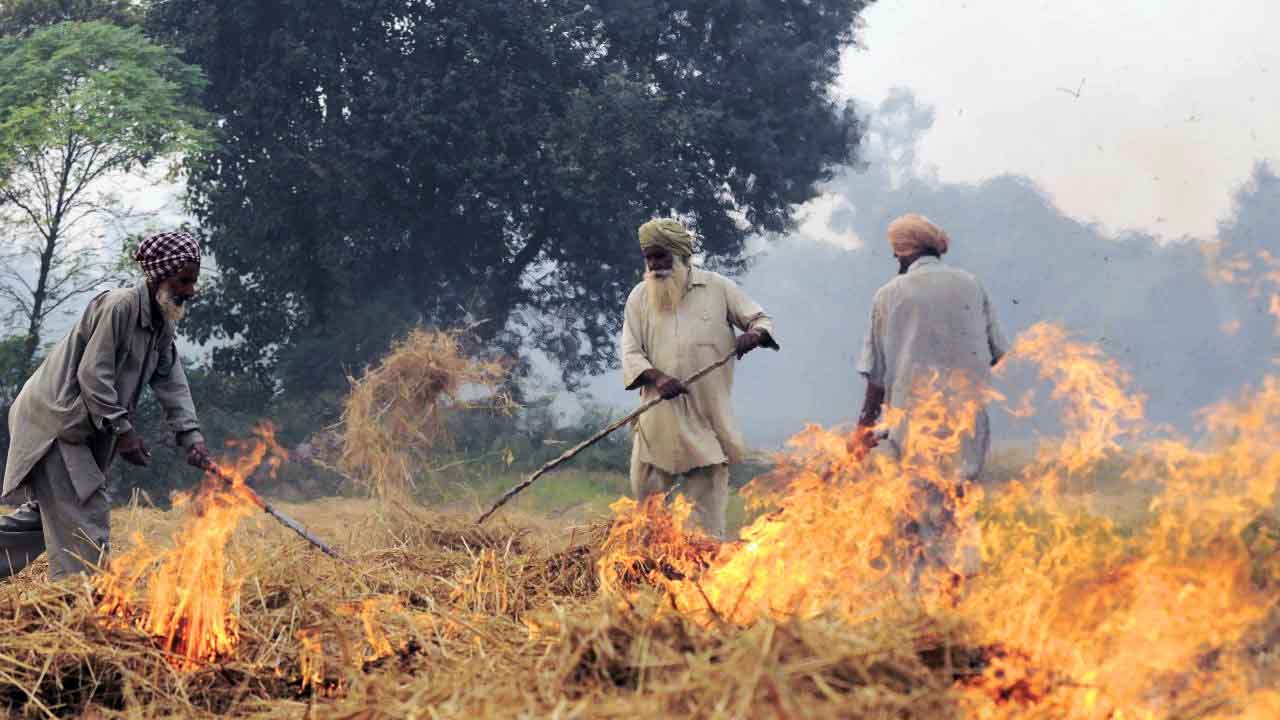Three-year comparative analysis of Centre’s National Clean Air Programme (NCAP) shows Ghaziabad, with an annual PM 2.5 level above 100, to be at the top of the table in the most polluted Indian cities, except in 2020, when Lucknow ranked first with an annual PM 2.5 level of 116. Most other cities like Noida, Delhi, Moradabad and Jodhpur saw only a marginal dip in PM 2.5 level and remained in the top 10 polluted non-attainment cities throughout the year. Varanasi achieved largest reduction in pollutant levels, but none of the cities was able to meet the goals fixed in 2019.
According to the analysis by NCAP Tracker, there is marginal or no improvement in air pollution levels in 132 cities since 2019. Air pollution levels remain dangerously high in many parts of the world and is a major cause of death worldwide. The level of air pollution in India is among the highest in the world, which is a great threat to the health and economy of the country. Almost the entire population of India is exposed to harmful air loaded with PM 2.5 particles, which is the most dangerous air pollutant and is released into the air from various sources.
The diameter of these microscopic particles is less than 2.5 microns, whose width is 1/30th of a hair of a human head. Exposure to PM 2.5 particles can lead to serious diseases such as lung cancer, brain stroke and heart disease. It is estimated that 17 lakh Indians died prematurely in 2019 due to air pollution in the house. In 2017, the cost of labour lost due to fatal diseases caused by air pollution ranged from $30 to 78 billion, which is about 0.3-0.9% of India’s GDP.
What are the main sources of air pollution in India?
The sources of each pollutant differ in terms of percentage contribution from different sources. Dr Sarath Guttikunda, Founder, Urban Emission Info, in an interview to the Center for Policy Research (CPR), said, the main sources contributing to air pollution are vehicle exhaust, heavy industries, including power generation, small-scale industries such as brick kilns, vehicular movement and dust on roads due to construction activities, open burning of garbage, combustion of various fuels for cooking, lighting, and heating, and power generation.
Along with seasonal effects, there are dust storms, forest fires, open field fires during the harvest season and sea salt near coastal areas. More factors that contribute to air pollution throughout the year—from the burning of diesel, petrol, gas, coal, biomass, and waste and re-suspended dust.
Covid-19 and Pollution
The new variant of the Covid-19 (Omicron) virus has once again become a new problem for the whole world. However, living in a city where air pollution is high puts you in more danger. In a research report published in the American Journal of Respiratory and Critical Care Medicine, scientists have claimed that hospitalised COVID-19 patients who face chronic exposure to a specific kind of air pollution had an 11% and 13% higher risk of dying from the disease and being admitted to an intensive care unit, respectively, compared to coronavirus patients without such exposure.
Particulate matter — a mixture of solid and liquid particles made of smoke, soot and dirt — was the leading type of air pollution associated with COVID-19 mortality and ICU admission, the new research shows.





























